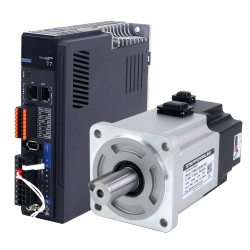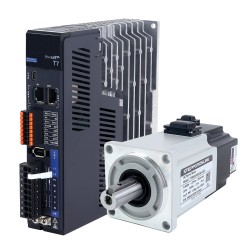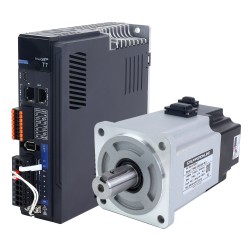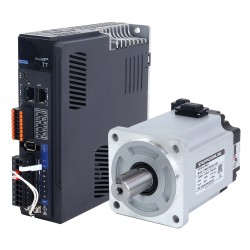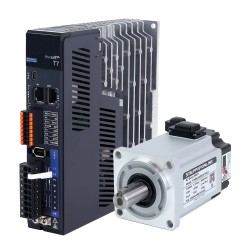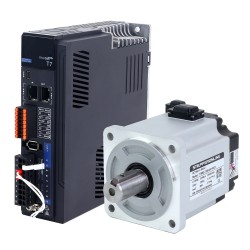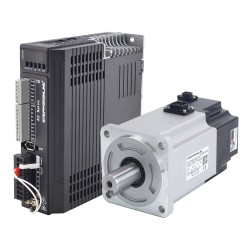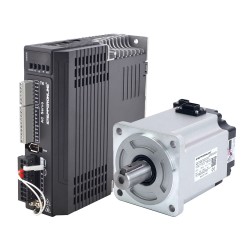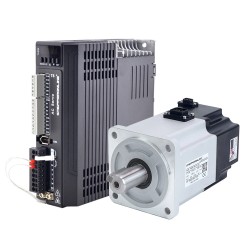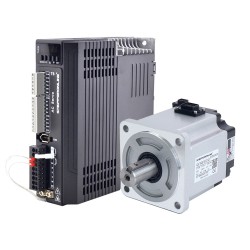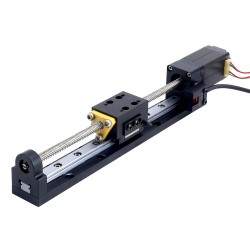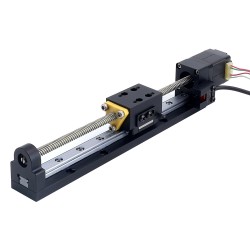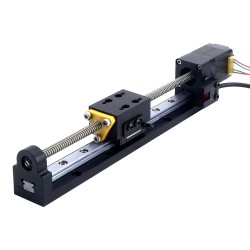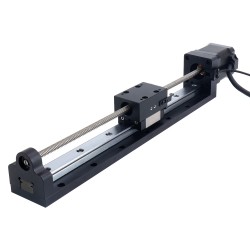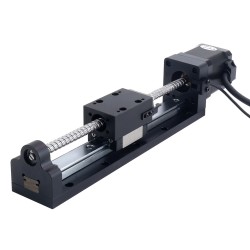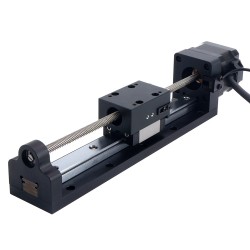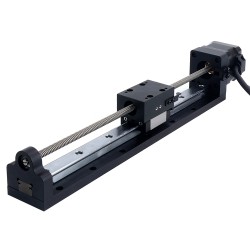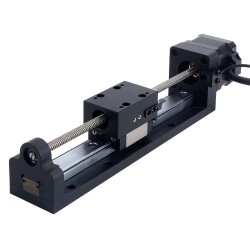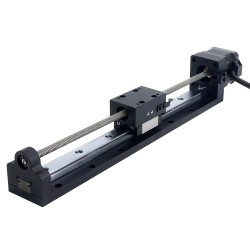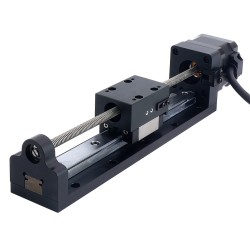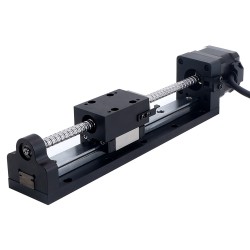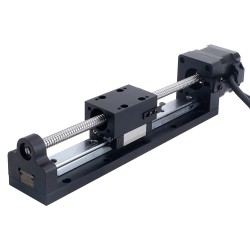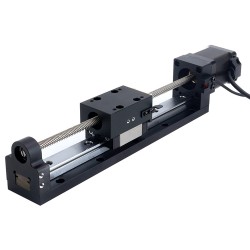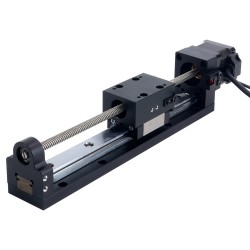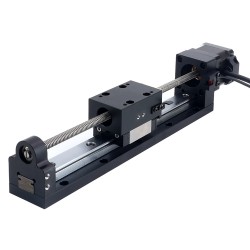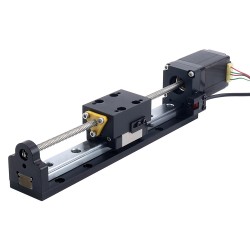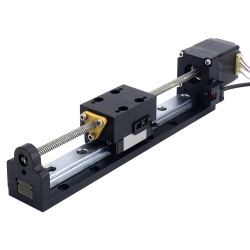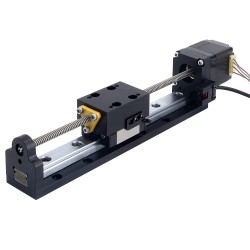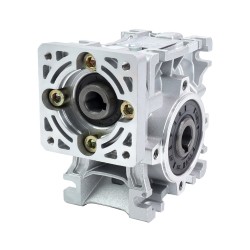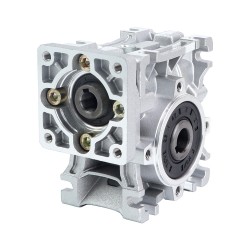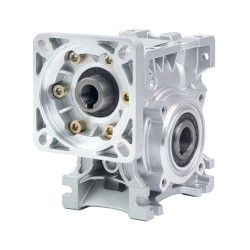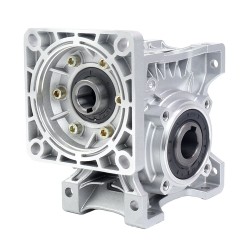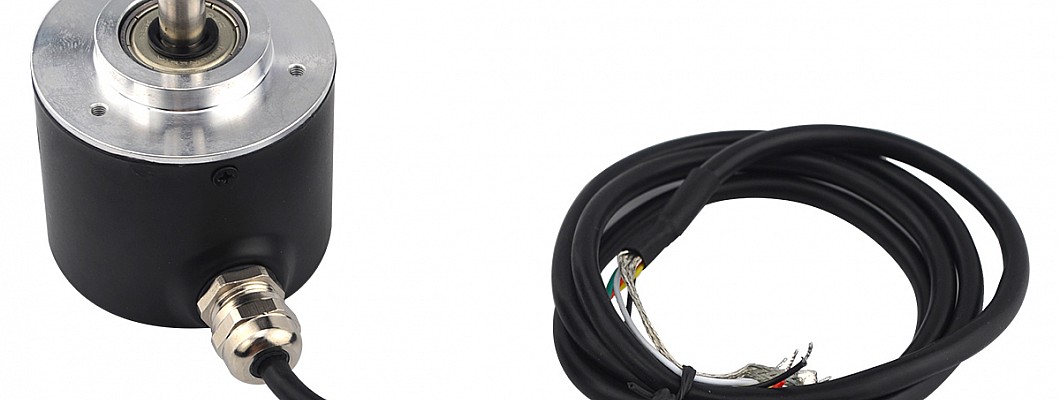
Stepper motors are widely used in the field of mechanical control. However, stepper motors have some drawbacks, such as being susceptible to external disturbances, unstable speed, etc. In order to solve these problems, the stepper motor encoder came into being. This article will introduce the stepper motor encoder from the following aspects.
1. What is a stepper motor encoder?
A stepper motor encoder is a device used to measure the rotation angle and speed of a motor. It usually consists of a photoelectric sensor, a rotating disk, and a signal processor. Its main function is to realize position control and speed control by detecting the position of the motor rotor.
2. The role of the stepper motor encoder
The main function of the stepper motor encoder is to measure the rotation angle and speed of the motor. When the motor is moving, the encoder will detect the position of the motor rotor through the sensor and convert it into a digital signal. These digital signals can be used to control the movement of the motor, thereby achieving position control and speed control.
3. The function of the stepper motor encoder
The functions of the stepper motor encoder mainly include the following aspects
a. Measure the rotation angle and speed of the motor.
b. Realized position control and speed control.
c. Improve the control accuracy and stability of the motor.
d. Protect the motor from external disturbances.
e. Improve the efficiency and service life of the motor.
4. The principle of stepping motor encoder
The principle of the stepper motor encoder is based on photoelectric sensing technology. Its main components include photoelectric sensors, rotating disks and signal processors. When the motor moves, the rotating disk will rotate accordingly, and the photoelectric sensor will detect the photoelectric signal on the rotating disk and convert it into a digital signal. These digital signals can be used to control the movement of the motor to achieve position control and speed control.
5. Classification of encoders
According to the working principle and structural characteristics of the encoder, it can be divided into the following categories
a. The photoelectric encoder detects the photoelectric signal on the rotating disk through the photoelectric sensor to realize position control and speed control.
b. Magnetic encoders use magnetic sensors to detect magnetic signals on the rotating disk to achieve position control and speed control.
c. The mechanical encoder detects the mechanical signal on the rotating disk through a mechanical sensor to realize position control and speed control.
6. Application of encoder
Stepper motor encoders are widely used in mechanical control, automation control and other fields. For example, it can be used in precision positioning, robot control, medical equipment, etc.
7. Advantages and disadvantages of encoders
Stepper motor encoders have the following advantages
a. Position control and speed control can be realized with high precision.
b. Convenient control The movement of the motor can be controlled by digital signals.
c. Good stability can prevent the motor from being affected by external disturbances.
d. High efficiency can improve the efficiency and service life of the motor.
The disadvantages of stepper motor encoders mainly include the following aspects
a. The cost of the stepper motor encoder is relatively high, which increases the manufacturing cost of the motor.
b. The structure and working principle of the stepper motor encoder are relatively complicated, and professional and technical personnel are required for maintenance and repair.
8. Precautions when using stepper motor encoder
When using the stepper motor encoder, you need to pay attention to the following points: a. Pay attention to the protection measures of the stepper motor encoder to prevent it from being affected by humid environment or static electricity; b. Pay attention to the inspection and maintenance of the stepper motor encoder to Ensure the normal use of the stepper motor encoder; c. Pay attention to setting the safety parameters of the stepper motor encoder to prevent abnormal conditions of the stepper motor encoder.






















































